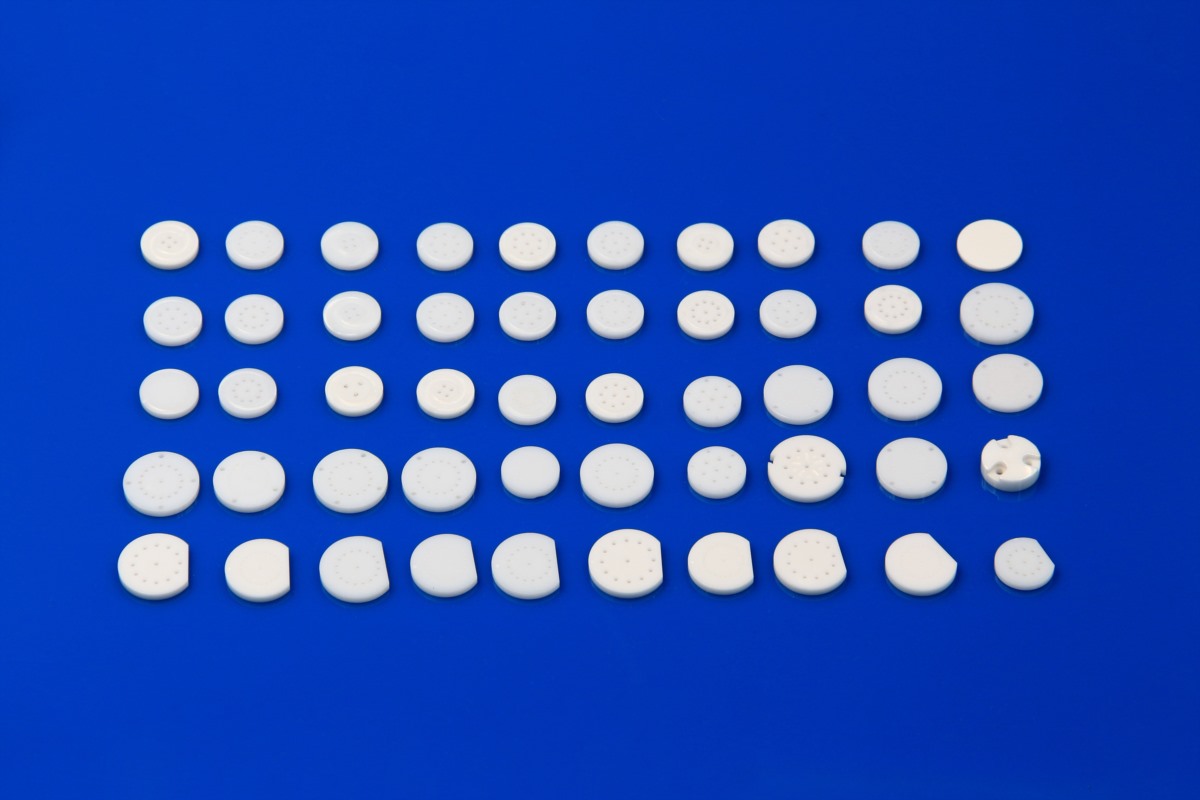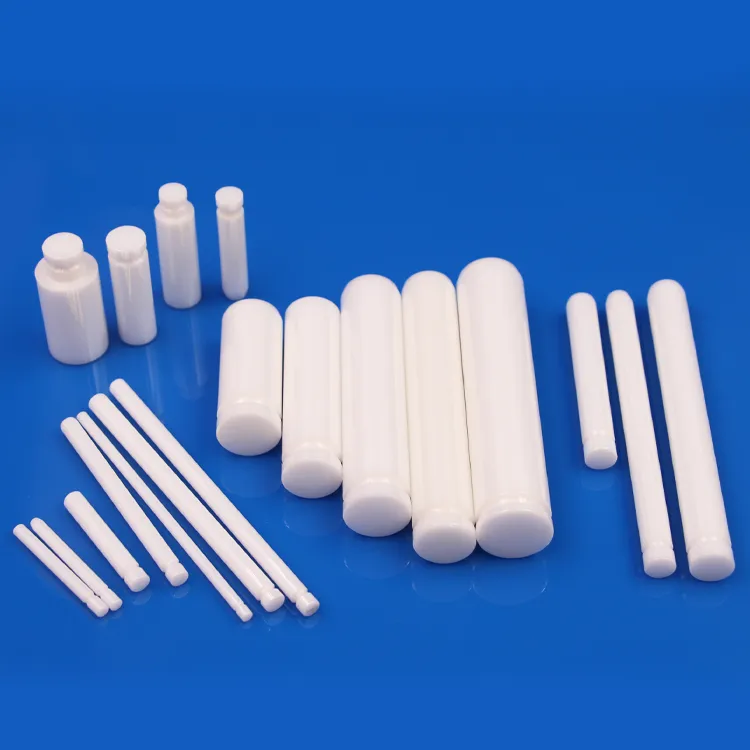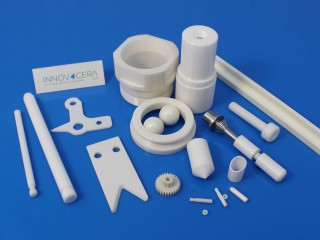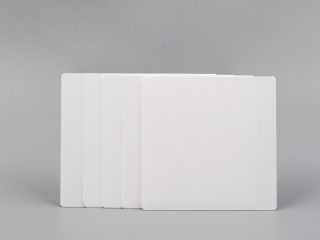Zirconia ceramics (ZrO₂) possess exceptional physical, chemical, and biological properties, making them an ideal material for various medical applications. The following summarizes their core properties and typical applications.
1. Excellent Biocompatibility
Non-toxic and non-allergenic: Zirconia does not produce rejection reactions with human tissues and does not release harmful ions, unlike certain metal alloys such as nickel-chromium.
Chemically inert and stable: It will not corrode or degrade in the physiological environment (more reliable than absorbable materials), allowing for safe long-term implantation in the human body.

Application Case:
The incidence of tissue inflammation around zirconia implants is 60% lower than that around titanium alloy implants in dental applications.
2. Mechanical Performance Advantages
| Characteristics | Value | Medical Significance |
|---|---|---|
| Flexural strength | 900–1200 MPa | Withstand high-frequency operation of surgical instruments |
| Hardness (Vickers) | 1200–1400 HV | Maintain sharpness of surgical tools (e.g., surgical blades) |
| Elastic modulus | 200–210 GPa | Similar to bone, reduces stress shielding in orthopedic implants |
Application Cases:
Artificial hip joint femoral head (wear rate < 0.1 mm/year)
Minimally invasive surgical forceps (service life three times longer than stainless steel)
3. Chemical Stability
Corrosion resistance: Excellent resistance to body fluids and disinfectants such as hydrogen peroxide and ethylene oxide.
High-temperature stability: It can be safely used in 134 °C sterilization, performing better than polymer-based instruments.
Application Case:
Used in laparoscopic and robotic surgical instruments, such as electrodes and surgical forceps, where corrosion resistance and insulation minimize tissue adhesion and enhance surgical precision.
Laparoscopic instruments show no performance degradation after 500 sterilization cycles.

4. Functional Properties
Electrical insulation: Suitable for high-frequency electrosurgical scalpels and ultrasonic knife heads to prevent current leakage.
Low thermal conductivity: Reduces thermal damage to surrounding tissues during energy-based surgical procedures.
Surface modification: Polishing (Ra < 0.05 μm) or coating can reduce bacterial adhesion by up to 70%.
Application Case:
In high-frequency electrosurgical scalpels and ultrasonic knife heads, zirconia’s insulation and high-temperature resistance optimize device performance and minimize thermal damage to tissues.




 Enquiry
Enquiry